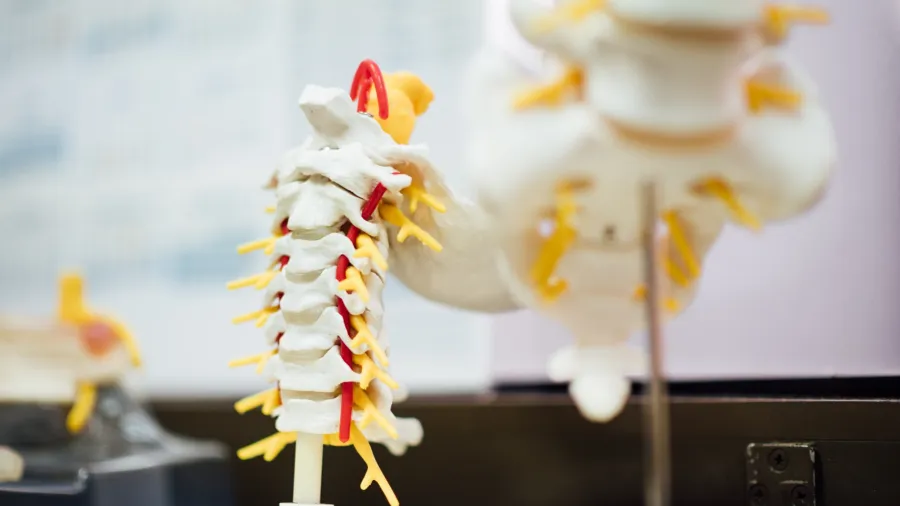
Functional electrical stimulation market seen growing significantly in Asia Pacific
China and India are seen pulling ahead of their regional peers in the coming decade.
The functional electrical stimulation market in Asia Pacific is forecasted to grow significantly in the coming decade amid patients’ rising awareness and acceptance of it being an alternative treatment for chronic pain and neurological disorders.
Market intelligence and consulting services provider Future Market Insights (FMI) said in a recent report that it expects China to lead the pack, with its domestic functional electrical stimulation market estimated to rise at a compound annual growth rate (CAGR) of 4.9% from 2023 to 2033, faster than the global average.
Trailing behind is India with a CAGR of 4% during the same forecast period.
Functional electrical stimulation uses electrical impulses to stimulate nerves and muscles to allow patients with neurological or musculoskeletal disorders to regain the ability to move independently and safely.
FMI said high population density, strong demand for high-quality care, rising popularity of electric simulators as well as technological advancements achieved by China and India are the key factors driving growth in their local markets.
Across APAC, the overall surge in healthcare spending and favorable reimbursement policies bode well for the region’s functional electrical stimulation market.
Globally, FMI estimated the industry to be valued at US$620.9 million this year and post a CAGR of 4.1% from 2023 to 2033, nearly double the growth rate seen between 2018 and 2022 of 2.6%. This would mean the sector is slated to become a US$931.4 million industry in the next 10 years as the treatment gains traction in neurological care.
It said the growing demand for functional electrical stimulation will also be supported by the prevalence of musculoskeletal disorders around the world and advancements in medical technology.
Mainly caused by unhealthy diets and sedentary lifestyles, around 1.71 billion people suffer from musculoskeletal conditions worldwide according to FMI, citing data from the World Health Organisation.



















 Advertise
Advertise






